Sugandh Mantri, known scientifically as Homalomena aromatica, is a prized aromatic herb that has seen increasing demand in the global market due to its unique fragrance and therapeutic properties. Growing and cultivating Sugandh Mantri to fit the export market or global market needs is a bit tricky. This guide provides comprehensive insights into growing Sugandh Mantri, ensuring quality yield and market readiness.
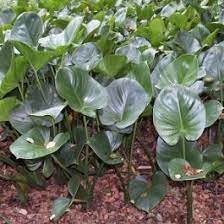
Understanding Sugandh Mantri For Export
Sugandh Mantri, scientifically known as Homalomena aromatica, has rapidly become a focal point in the global market for its unique fragrance and therapeutic properties. Entrepreneurs and farmers globally are recognizing the potential profitability of cultivating this aromatic herb. Additionally, it primarily thrives in the moist, shaded understored of the Eastern Himalayas, making it suitable for similar climates worldwide.
Soil and Climatic Requirements
Soil Type
Importantly, Sugandh Mantri thrives in well-drained, fertile soil rich in organic matter. Ideally, pH range for its cultivation is between 5.5 and 6.5. Ensuring proper soil aeration and texture is crucial for the healthy growth of roots and optimal production of essential oils.
Climatic Conditions
Moreover, this herb prefers humid, tropical to subtropical climates with adequate rainfall and minimal temperature fluctuations. It grows best in temperatures ranging from 20°C to 30°C. As such. protecting plants from direct sunlight with partial shade is essential for maintaining the vitality of the leaves and roots.
Propagation Techniques For Growing Sugandh Mantri For Export
Seed Propagation
On the other hand, while seed propagation is feasible, it often leads to slow germination and variable plant quality. Consequently, most growers prefer rhizome division, which ensures more uniformity and control over the health of the crop. Also, it is advisable to plant divided rhizomes early in the spring to prevent them from drying out.
Rhizome Division
The most effective and widely used method for propagating Sugandh Mantri is through rhizome division. This ensures uniformity in the crop and better control over the health of the plants. Rhizomes should be carefully divided in the early spring and planted immediately to avoid desiccation.
Additionally, this herb prefers humid, subtropical climates with consistent rainfall, thriving in temperatures from 20°C to 30°C. Therefore, providing partial shade is crucial as it protects the plants from direct sunlight, which can impair their development.
Cultivation Practices
Planting
Thus, timing your planting to coincide with the onset of the monsoon season can leverage natural rainfall, boosting plant growth. Equally important, maintaining proper spacing of about 30 cm x 30 cm between plants is crucial to reduce nutrient competition and maximize yields.
Irrigation
Regular watering is necessary, especially in areas with less rainfall. However, However, you must avoid waterlogging as it can lead to root rot and fungal infections.
Weeding and Mulching
Regular weeding is crucial to prevent competition for nutrients. Mulching with organic matter can help retain soil moisture and add nutrients, benefiting plant growth.
Pest and Disease Management
Being an aromatic plant, when growing Sugandh Mantri for export, they are relatively resistant to pests; however, fungal diseases can be a problem in humid conditions. It is advisable to use organic fungicides and ensure good air circulation around the plants.
Harvesting and Post-Harvest Handling
Growers should plan to harvest Sugandh Mantri roots approximately 18-24 months after planting. Carefully, they must handle the roots during extraction to preserve their aromatic properties. Afterward, washing and shade-drying the roots are imperative to maintain the essential oils, which are vital for quality during storage.
Then with that, we can classify it like this:
Harvesting
The roots of Sugandh Mantri are ready for harvest in about 18-24 months after planting. Following this, it’s crucial to carefully dig out the roots to preserve their aromatic properties.
Drying and Storage
After harvesting, care must be taken. the roots should be washed and dried under shade to retain their essential oils. Proper drying reduces the risk of mold growth during storage.
Distillation
For essential oil extraction, the dried roots can be distilled using steam distillation, which is the most effective method for preserving the fragrance and properties of the oil.
Global Market Considerations For Sugandh Mantri Export Import
Certification
Obtaining organic certification can significantly enhance the market value of Sugandh Mantri, as many global consumers prefer products that are sustainably sourced and free from chemicals.
Marketing
Effective marketing strategies should highlight the unique properties of Sugandh Mantri, its uses in aromatherapy and perfumery, and its organic cultivation practices.
Conclusion
Ultimately Cultivating Sugandh Mantri for the global market presents a promising opportunity for growers looking to expand into specialty crops. With the right cultivation practices and marketing strategies, Sugandh Mantri can be a profitable addition to an agricultural portfolio.
In conclusion, tapping into the market for Sugandh Mantri offers significant economic opportunities. With diligent cultivation practices and effective marketing strategies, this herb can greatly enhance a farmer’s profitability.
For more information on cultivating Sugandh Mantri and tapping into global markets, visit us at hahgarden.id.
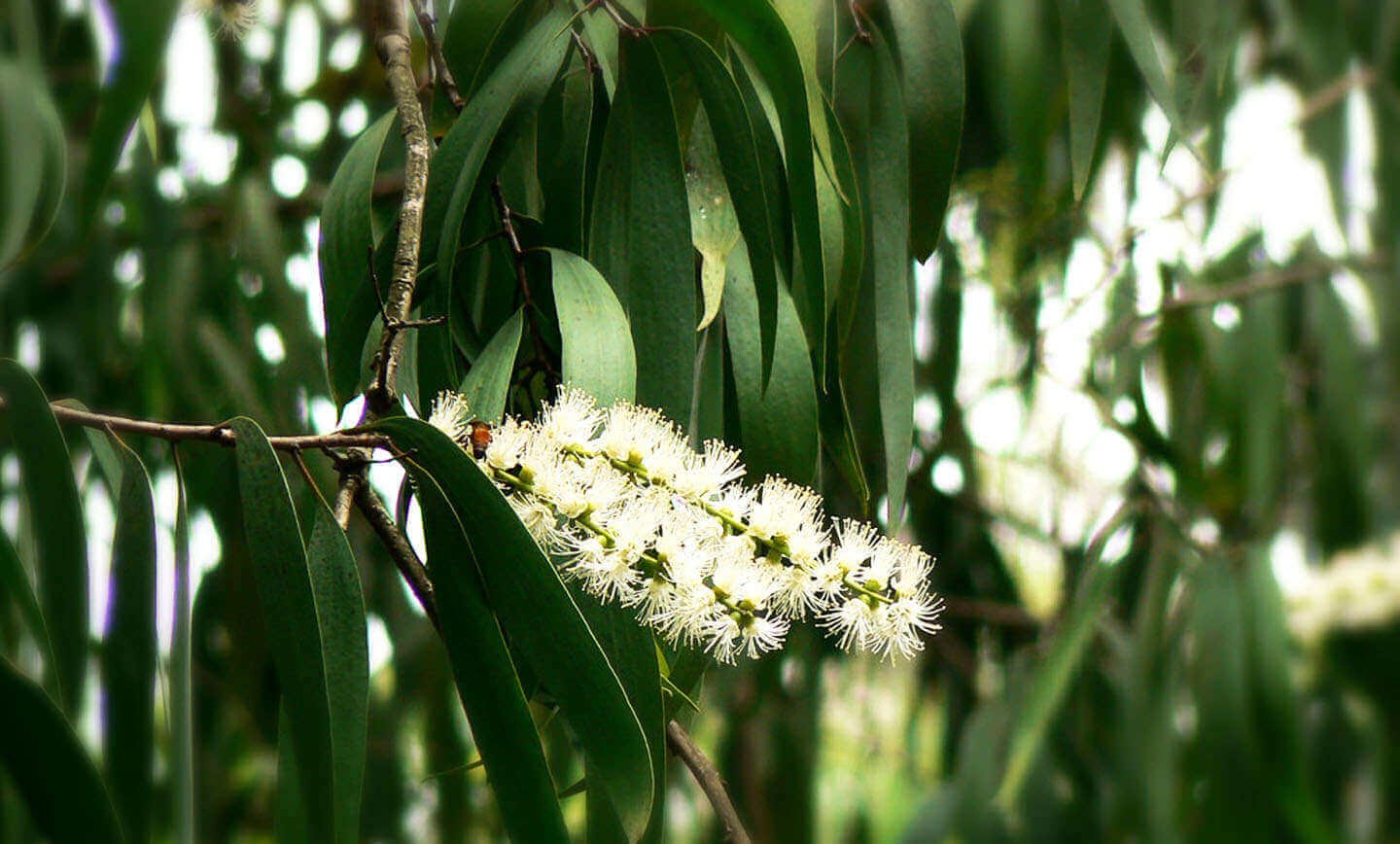
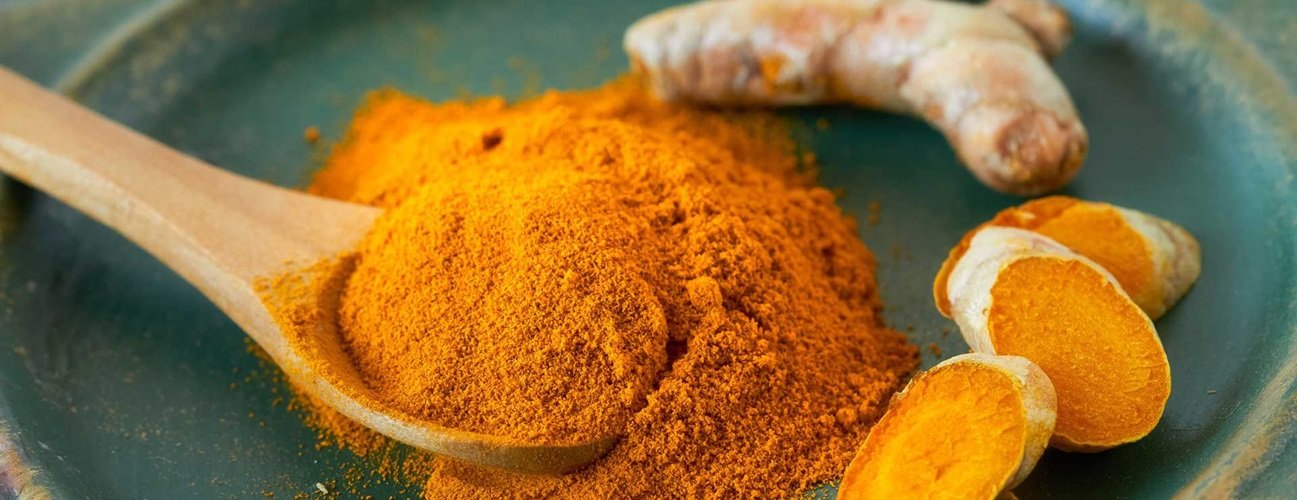
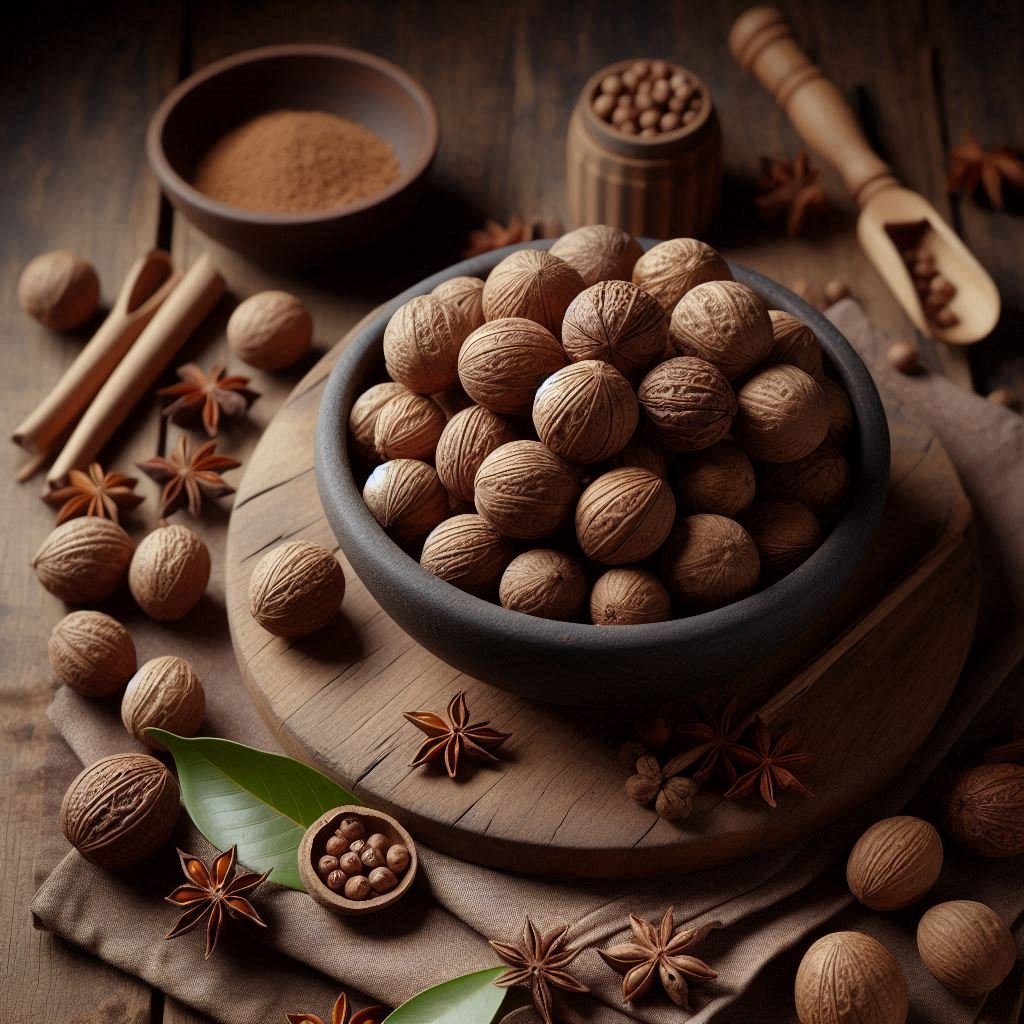

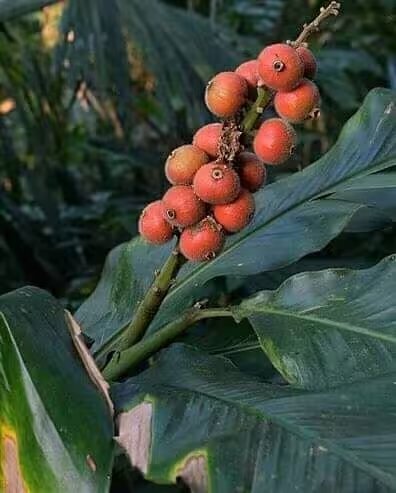

Leave a Reply